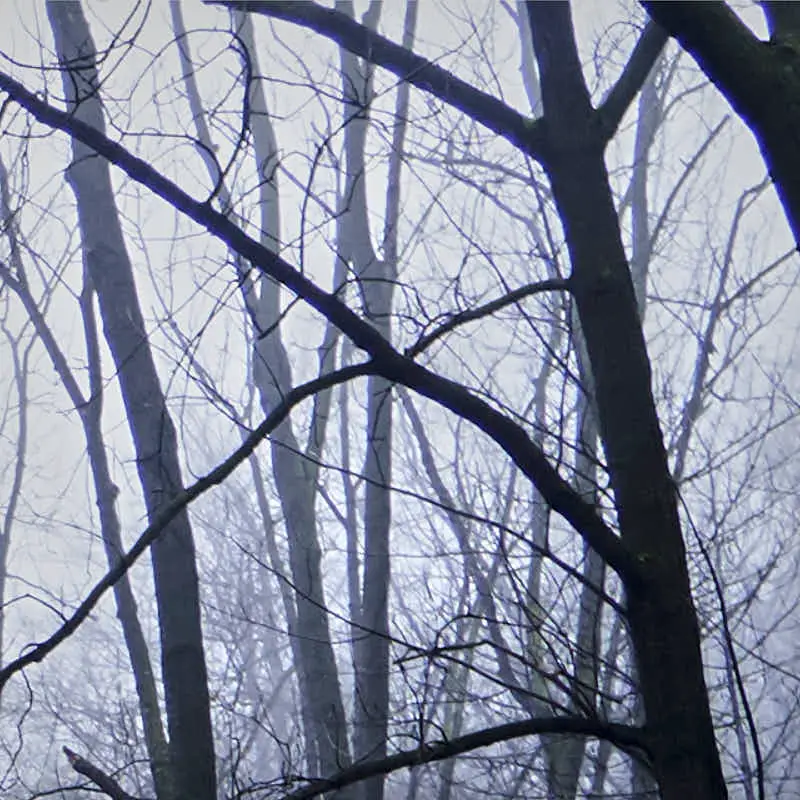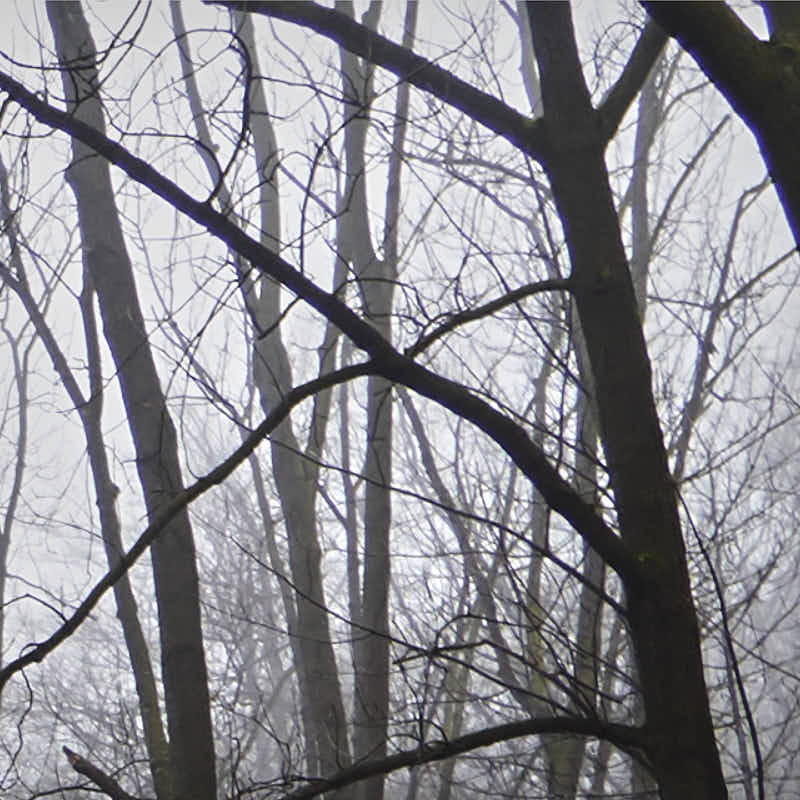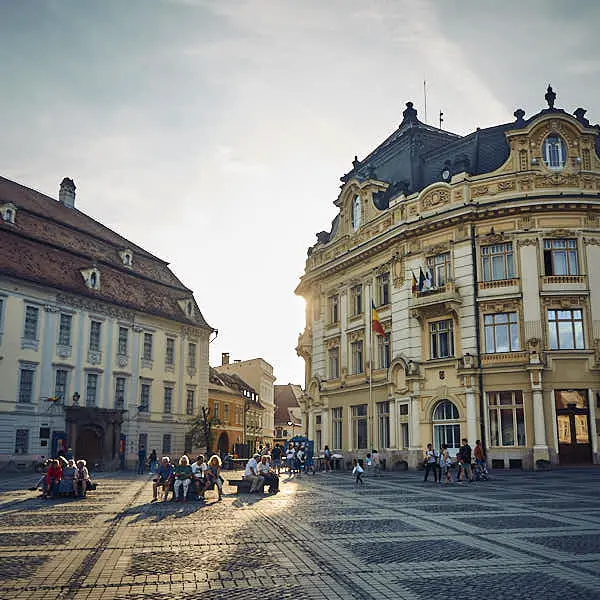A fairly common issue for photographers is chromatic aberration. Chromatic aberration also goes by color fringing, dispersion, or purple fringing. How chromatic aberration occurs is important for photographers to clearly understand – and how to correct it is a crucial skill to have.
When taking an image, the camera’s sensor point of focus is the focal plane that light travels through after the light’s refracted, joining all the colors together again in the correct order. Sometimes the aperture you’re using, the lens makeup or other intervening factors will cause the color wavelengths to detour at different points on that focal point than where they are supposed to land. This can cause the colors to distort in certain parts of an image.
The distortion usually appears as a “fringy” mismatch of colors that don’t belong in that spot, thus the name color fringing. Often the color is of a pink or purple hue, which is where the term purple fringing comes from.
The short of it is misplaced colors on your otherwise lovely image – something to avoid and should it happen anyway, correct.
Preventing Chromatic Aberration at the Source
If you notice that many of your images are afflicted with the dreaded chromatic aberration, you don’t have to spend all your precious processing time correcting it. Several camera level issues could be causing the color fringe, and some tips to help prevent it from happening at the source.
Evaluate Your Lens
Since chromatic aberration occurs at the lens level, as the light is passing through the focal plane, taking a hard look at your lens is the first step in trying to lessen the amount of fringe. You may have been on a tight budget when starting in your photographic pursuits. As a result, you may have purchased a lens that was not bad, necessarily – but not great either.
When starting as a photographer, the focal point of the investment usually starts – and sometimes ends – with the camera equipment itself. How wide an aperture range, how many pixels, ease of use is all-important qualities to look for in your camera. But it’s important to remember, your camera is only as good as your lenses.
Left: original image with aberration – Right: cleaned up image with Capture One.
The higher the quality lens, the less likely the aberration. If you have a lens that has a focal range, rather than a fixed lens, make sure to not shoot at either end of its spectrum. A lens’ glass makes a difference as well. You want to invest in lenses that have low-dispersion since that helps reduce the risk of fringing.
Less contrast = less aberrations
Many photographers love a high contrast shot. An image with high contrast adds pop in the colors and dramatically draws the eye. However, if you’re processing your images and you notice a lot of fringing as you zoom in, this could be a result of high contrast shots.
Setting and background matter, as you likely already know. It’s often not taken into account the contrast in colors between subject and background, and how high contrast between the two can confuse the refraction of light and cause chromatic aberrations to occur, especially around the subject.
Try to limit how much contrast there is in your shot. Remember that if the story of your image requires a more dramatic tone, you can accomplish this with angles, subject placement, and post-processing.
Reduce color shifts due to image cropping
Where you place your subject matters for so many different reasons. The story you’re telling, the angles you are trying to use, and the lighting are all great examples of why it’s important to properly stage your subject. One element to add to this list is reducing chromatic aberration.
Centering your subject in the frame can help prevent transverse chromatic aberration (transverse occurs around the edges of the frame and can’t occur in the middle). If the subject is in the middle of the image, it doesn’t have to ruin your composition, even if it’s not what you had planned. Post-processing can do wonders in allowing you to frame the subject however you desire!
Imaging in the RAW
The sheer amount of data that is created in a RAW image versus a JPEG image is staggering, so it stands to reason that the camera can process out more of the chromatic aberration than if shooting in the more standard – and less flexible – JPEG.
The aberrations that are still present here can still be removed after RAW development.
When you get to your Capture One, Lightroom, or Photoshop and you’re prepping your post-processing party, you’ll find the huge array of features available to play with all that wonderful data collected in a RAW image. Not only can you correct any chromatic aberration that is present, but correcting exposure and contrast, plays with gradient and selective elements, and do more with zoom than you can imagine.
Post-processing of chromatic aberrations
Post-processing has become so much more photographer-friendly in the last decade, with so much automation and amazing presets. Working with images, especially RAW images, in Capture One, Lightroom and Photoshop have become a great deal of the overall creative process today. You can even plan your shots around what your vision is in post-processing.
A black and white image has no color fringes
If it fits your photo story, you can take that color-fringed image and transform it into a beautiful and classic black and white image. Creating a black and white work of art may hide an otherwise great picture’s multitude of sins, even aside from color aberration.
Remove color defects with a lens correction
The best part about software today is the addition of lens correction tools including color aberration correction! Depending on the software you use, it may show up in your software as “defringe,” or even straight “remove chromatic aberration”. With a little click of a couple of buttons, voila! That pesky color fringe can vanish as if it was never there!
Get 33% off today!
While chromatic aberration is always frustrating when you have worked so hard on creating a gorgeous image, there are definitive ways to avoid it from the start, and even if not prevented, processed out of your final product.







